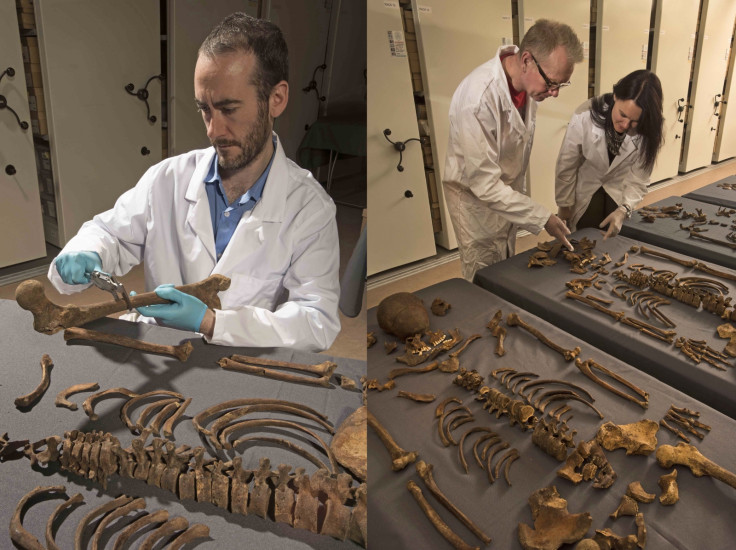Great Plague bacteria discovered in the teeth of victims found in mass grave
DNA of bubonic plague bacteria discovered for the first time following massive excavation at Crossrail site.
The Great Plague bacteria has been discovered for the first time in the teeth of victims found in a mass grave in London. The 1665 outbreak was the last major epidemic of the bubonic plague, killing around 100,000 people in the city – a quarter of the population at the time.
Archaeologists uncovered the plague pit in August 2015 while excavating an area around Liverpool Street for a new Crossrail station. Samples were taken from 20 skeletons discovered in the grave, which were sent for testing.
Researchers at the Max Planck Institute in Germany scanned the teeth and discovered the plague pathogen, Yersinia pestis, in five of the samples. The enamel of the teeth had preserved the bacteria DNA, allowing researchers to confirm they had been exposed to the plague.
Despite all the records and evidence about the Great Plague of London, traces of the pathogen have never been found before. Because it killed victims so quickly, traces were never left on bones. Researchers say that just because only five of the 20 samples contained the bacteria DNA, the others still probably succumbed to the disease.

Since first being discovered, researchers have found many artefacts indicating the mass grave was a plague pit. Pottery and coffin handles point to the middle of the 1600s, while historical records show a dramatic increase in burials over the summer of 1665 – the height of the outbreak. Plague pits were created in London as a means of coping with the huge number of bodies accumulating and in an attempt to control the spread of the disease.
Most of the skeletons found in the Liverpool Street mass grave had been buried in coffins and placed in tightly packed rows. Over the years, the coffins decayed and collapsed in on each other. Archaeologists believe that up to 100 people were buried there.
Scientists plan to carry out further analysis of the skeletons to work out where they were raised and moved during their lives. Further analysis of their teeth should reveal information about their diets and the pollutants they were exposed to.
© Copyright IBTimes 2025. All rights reserved.






















